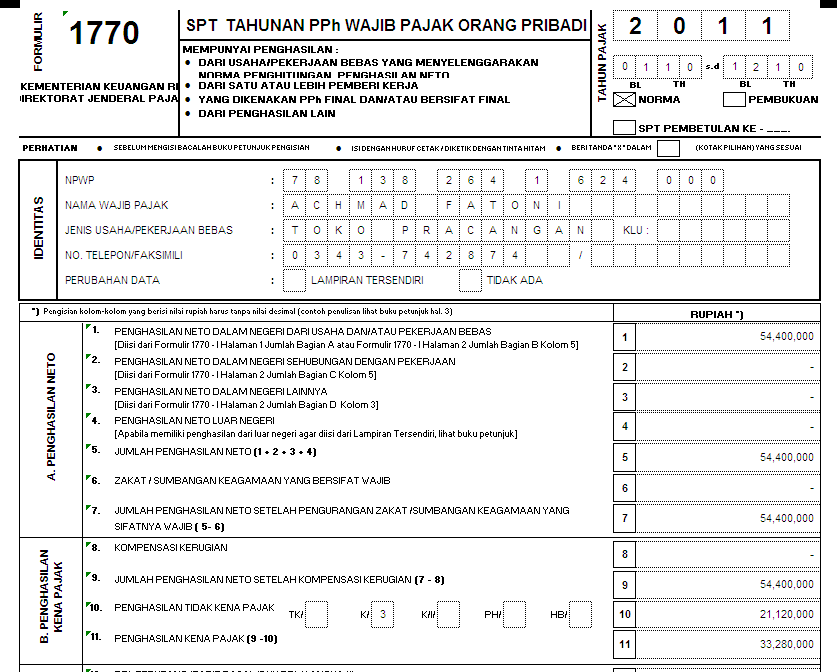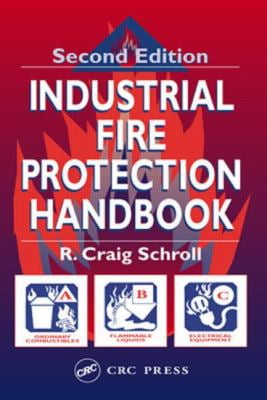
Parnell, A., “Architectural Implications in Providing Effective Smoke Control Systems,” Fire, 78, February 1986, pp. Nowler, S.P., “Enclosure Experiment Characterization Testing for the Base Line Validation of Computer Fire Simulation Codes,” NUREG/CR-4681, SAND 86-1296, Sandia National Laboratories, March 1987. NFPA 204M, “Guide for Smoke and Heat Venting,” National Fire Protection Association, Quincy, MA, 1985. NFPA 101, “1990 NFPA Technical Committee Reports-Life Safety Code,” National Fire Protection Association, Quincy, MA, 1990. NFPA 101, Life Safety Code, National Fire Protection Association, Quincy, MA, 1988. NFPA 92B, “1990 NFPA Technical Committee Reports-Technical Guide for Smoke Management Systems in Malls, Atria and Large Areas,” National Fire Protection Association, Quincy, MA, 1990.

NFPA 92A, “Recommended Practice for Smoke Control Systems,” National Fire Protection Association, Quincy, MA, 1988. NFPA 72E, “Standard on Automatic Fire Detectors,” National Fire Protection Association, Quincy, MA, 1987. Mullholland, G., Handa, T., Sugawa, O., and Yamamoto, H., “Smoke Filling in an Enclosure,” Paper 81-HT-8, The American Society of Mechanical Engineers, 1981. Morton, B.R., Taylor, Sir Geoffrey, and Turner, J.S., “Turbulent Gravitational Convection from Maintained and Instantaneous Sources,” Proc. Morgan, H.P., and Marshall, N.R., “Smoke Control Methods in Enclosed Shopping Centres of One or More Stories: A Design Summary,” British Research Establishment, Borehamwood, 1979. Morgan, H.P., and Hansell, G.O., “Atrium Buildings: Calculating Smoke Flows in Atria for Smoke-Control Design,” Fire Safety J. Morgan, H.P., and Hansell, G.O., “Fire Sizes and Sprinkler Effectiveness in Offices: Implications for Smoke Control Design,” Fire Safety J. Milke, J.A., “Fire Hazard Assessment in Atriums,” presented at The Roundtable on Fire Safety In Atriums-Are the Codes Meeting the Challenge?, Washington, D.C., Decem(to be published). Jin, T., Visibility through Fire Smoke (part 2), Report of the Fire Research Institute of Japan, Nos. Hinkley, P.L., “Smoke and Heat Venting,” SFPE Handbook of Fire Protection Engineering, P.J. Heskestad, G., and Delichatsios, M.A., “Environments of Fire Detectors-Phase 1: Effect of Fire Size, Ceiling Height and Material,” Volume I-“Measurements” (NBS-GCR-77-86), Volume II-“Analysis” (NBS-GCR-77-95), National Bureau of Standards, 1977.

Heskestad, G., private communication, 1989. Heskestad, G., “Engineering Relations for Fire Plumes,” SFPE TR 82-8, Society of Fire Protection Engineers, Boston, 1982. Hansell, G.O., “Smoke Control in Atrium Buildings,” Building Standards, July/August 1988, pp. Hagglund, B., Jannson, R., and Nireus, K., “Smoke Filling Experiments in a 6 × 6 × 6 Meter Enclosure,” FOA Report C20585-06, Forsavrets Forskningsanstalt, Sweden, September 1985. 53–76.īryan, J.L., “Damageability of Buildings, Contents and Personnel from Exposure to Fire,” Fire Safety J., 11, 1986, pp. Yield of carbon monoxide produced per unit mass of combustible consumed (lb CO/lb fuel) zĬlear height or height from top of fuel surface to bottom of smoke layer (ft) z fīastings, D., Fire Safety in Atrium Buildings, BRANZ Study Report SR15, Building Research Association of New Zealand, Judgeford, 1988.īeyler, C., “Fire Plumes and Ceiling Jets,” Fire Safety J. Increase in temperature of the ambient air from the ceiling to the floor (☏) v Temperature change of ambient air per unit height (°R/ft) ΔT ad Molecular weight of carbon monoxide (lb) QĬonvective heat release rate from fire (Btu/s) t Optical density of smoke per unit pathlength (ft -1) D mass Volumetric concentration of carbon monoxide d

Cross-sectional area of atrium (ft 2) c p


 0 kommentar(er)
0 kommentar(er)
